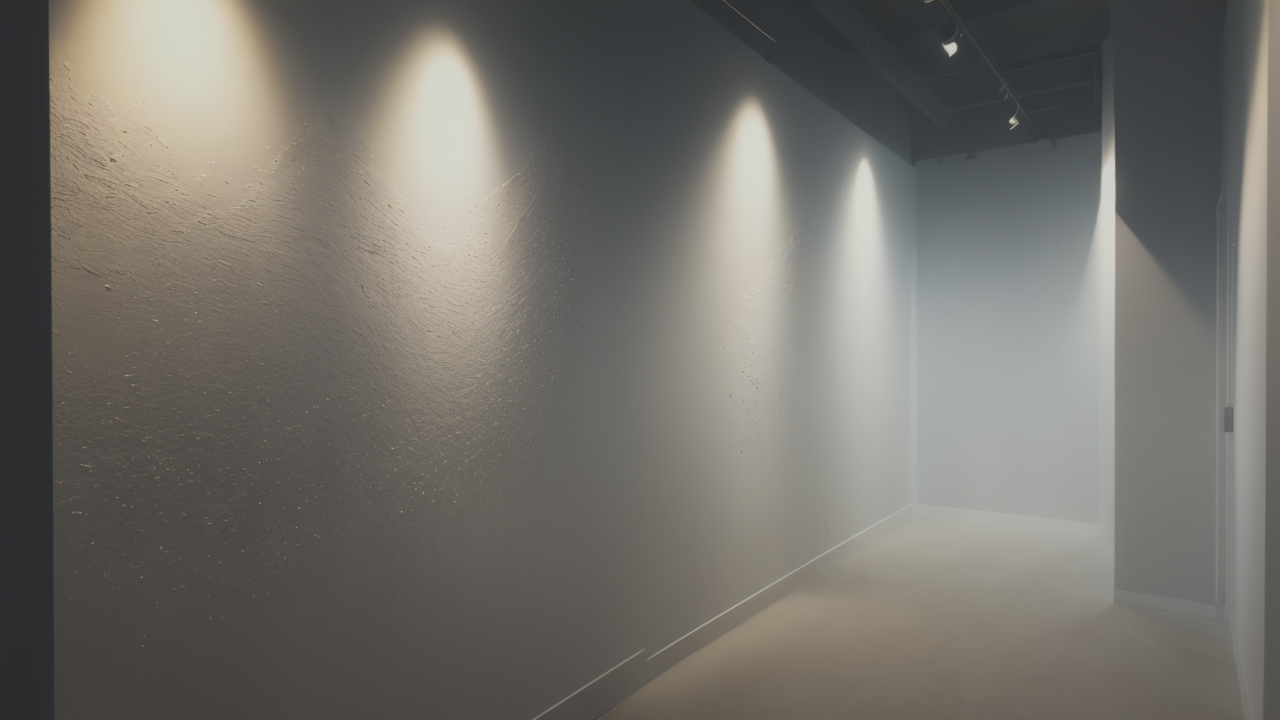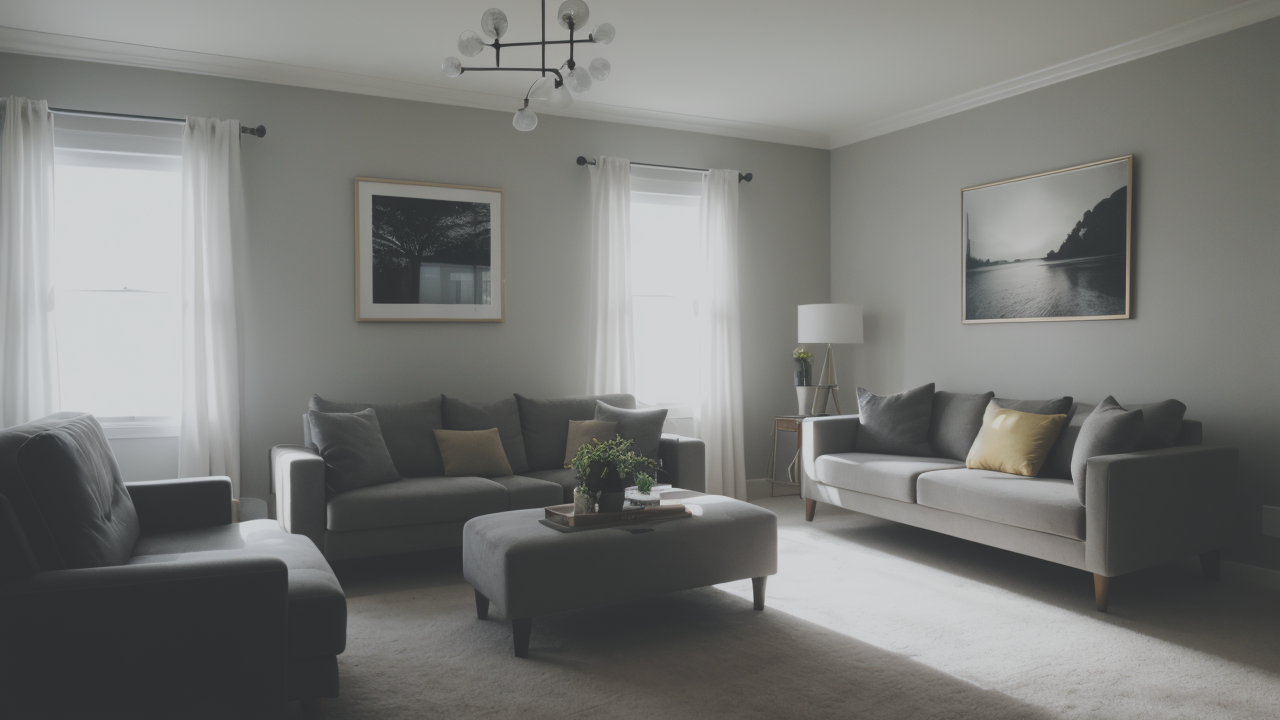
The Evolution of Modern Contemporary Art: Exploring Texture and Minimalism
Introduction to Plaster Art Texture Painting
Understanding the Basics of Plaster Art
Plaster art is a unique form of creative expression. It blends sculpture and painting techniques. Artists use plaster to create 3D textures on flat surfaces. This method adds depth and interest to artwork.

The process begins with applying plaster to a surface. Artists then shape it while it's wet. They can mold, carve, or smooth the plaster. Once dry, they can paint it or add more layers. This technique allows for endless creativity.
Plaster art works well for both abstract and realistic pieces. It can create subtle textures or bold, dramatic effects. The versatility of plaster makes it popular among artists. It's used in fine art, home decor, and even architectural details.
The Appeal of Textured Finishes in Home Decor
Textured finishes are gaining popularity in home decor. They add visual interest to any space. Textured art can become a focal point in a room. It draws the eye and sparks conversation.
These pieces add depth and character to plain walls. They work well in various interior styles. Textured art can complement modern, rustic, or eclectic decor. The 3D effect creates a sense of warmth and coziness.
People love textured art for its uniqueness. Each piece is one-of-a-kind. It adds a personal touch to home decor. Textured finishes can also hide wall imperfections. This makes them both beautiful and practical.
Step-by-Step Guide to Creating Your Own Textured Masterpiece
Selecting the Right Plaster Art Materials
Choosing the right materials is crucial for plaster art. Here's what you'll need:

- Plaster: Get a fine-grained plaster for smooth finishes.
- Canvas: Choose a sturdy canvas that can hold plaster.
- Tools: Gather palette knives, trowels, and scrapers.
- Paint: Select acrylic or oil paints for coloring.
- Sealant: Use a clear sealant to protect your work.
The type of plaster affects the final texture. Coarser plasters create more dramatic effects. Finer plasters are better for subtle textures. Experiment with different tools to create various patterns.
Consider the size of your project when buying materials. Larger pieces need more plaster and sturdier canvases. Always buy extra to allow for mistakes or touch-ups. Quality materials will ensure a better final product.
Preparing Your Canvas
Proper canvas preparation is key to a successful plaster art piece. Start by priming your canvas with gesso. This creates a smooth base for the plaster. Apply at least two coats of gesso. Let each coat dry completely.
Next, sketch your design on the canvas. This will guide your plaster application. For abstract pieces, plan the general areas for texture. For detailed works, create a more precise sketch.
Think about the composition of your piece. Decide where you want to add texture. Consider how it will enhance your design. Remember that plaster adds depth to your canvas. Plan your design accordingly.
Ensure your work area is well-ventilated. Plaster can create dust. Protect your workspace with drop cloths. Have water and cleaning supplies ready for easy cleanup. Proper preparation will make the creative process smoother.
Advanced Techniques for a Flawless Finish
To create stunning plaster art, try these advanced techniques:
- Layering: Build up textures gradually with thin layers.
- Carving: Use tools to create intricate designs in wet plaster.
- Smoothing: Create contrast by smoothing some areas.
- Color mixing: Blend colors into the plaster for unique effects.
- Embedding: Press objects into wet plaster for interesting textures.
Practice these techniques on small test pieces first. This helps you understand how the plaster behaves. Experiment with different tools and methods. Find what works best for your style.
Patience is key when working with plaster. Let each layer dry fully before adding more. This prevents cracking and ensures a strong finish. Don't rush the process. Take your time to achieve the best results.
Incorporating Textured Art into Your Living Space
Strategies for Enhancing Home Decor with Textured Paintings
Textured paintings can transform a room. Here are some tips to use them effectively:

- Create a focal point: Use a large textured piece as a room's centerpiece.
- Mix textures: Combine smooth and textured art for visual interest.
- Consider scale: Choose art that fits well with your room size.
- Use lighting: Highlight textured art with good lighting to show depth.
- Color coordinate: Select pieces that complement your room's colors.
Think about your room's style when choosing textured art. A simple room might need one bold piece. An eclectic space can handle multiple textured works. Consider existing textures in your room, like fabrics and furniture.
Textured art can add warmth to minimalist spaces. It can also create contrast in rooms with lots of patterns. Experiment with placement to find the best spot for your textured pieces. The right placement can enhance the overall look of your room.
Maintaining and Caring for Your Textured Art
Proper care keeps your textured art beautiful for years. Follow these tips:
- Dust regularly with a soft, dry brush or cloth.
- Avoid touching the textured surface.
- Keep art away from direct sunlight to prevent fading.
- Use a clear sealant to protect from moisture and dust.
- Clean spills right away with a damp cloth, then dry well.
For deep cleaning, consult a professional art restorer. They can safely clean without damaging the texture. Good framing can also protect your art from dust and damage.
Be careful when moving textured art. Handle it gently to avoid chipping or breaking the plaster. If you need to store it, wrap it carefully in bubble wrap. Store it in a cool, dry place to prevent mold growth. Regular maintenance will ensure your art stays beautiful for years to come.
Expert Tips for Choosing the Right Plaster Art Texture for Your Home
Selecting the perfect plaster art texture requires thought. Consider these expert tips:
- Match your room's style: Choose textures that fit your decor.
- Think about lighting: Subtle textures work well in soft light.
- Consider room size: Large, bold textures can overwhelm small spaces.
- Set the mood: Smooth textures create calm, rough textures add energy.
- Try samples: Test small textured pieces before buying large art.
Remember, textured art is personal. Choose pieces you love that reflect your style. Don't be afraid to mix different textures and styles. This creates a unique look in your home.
Consider the function of the room when choosing textures. Smooth textures work well in bedrooms for a calm feel. Bold textures can energize living areas or home offices. With the right choice, textured plaster art becomes a cherished part of your home decor.


